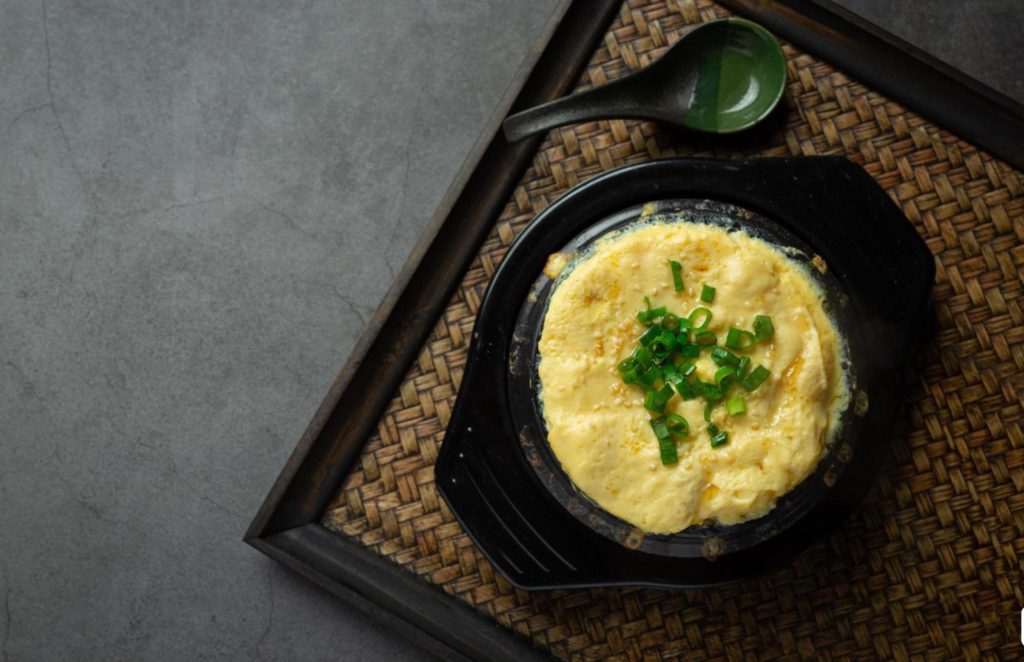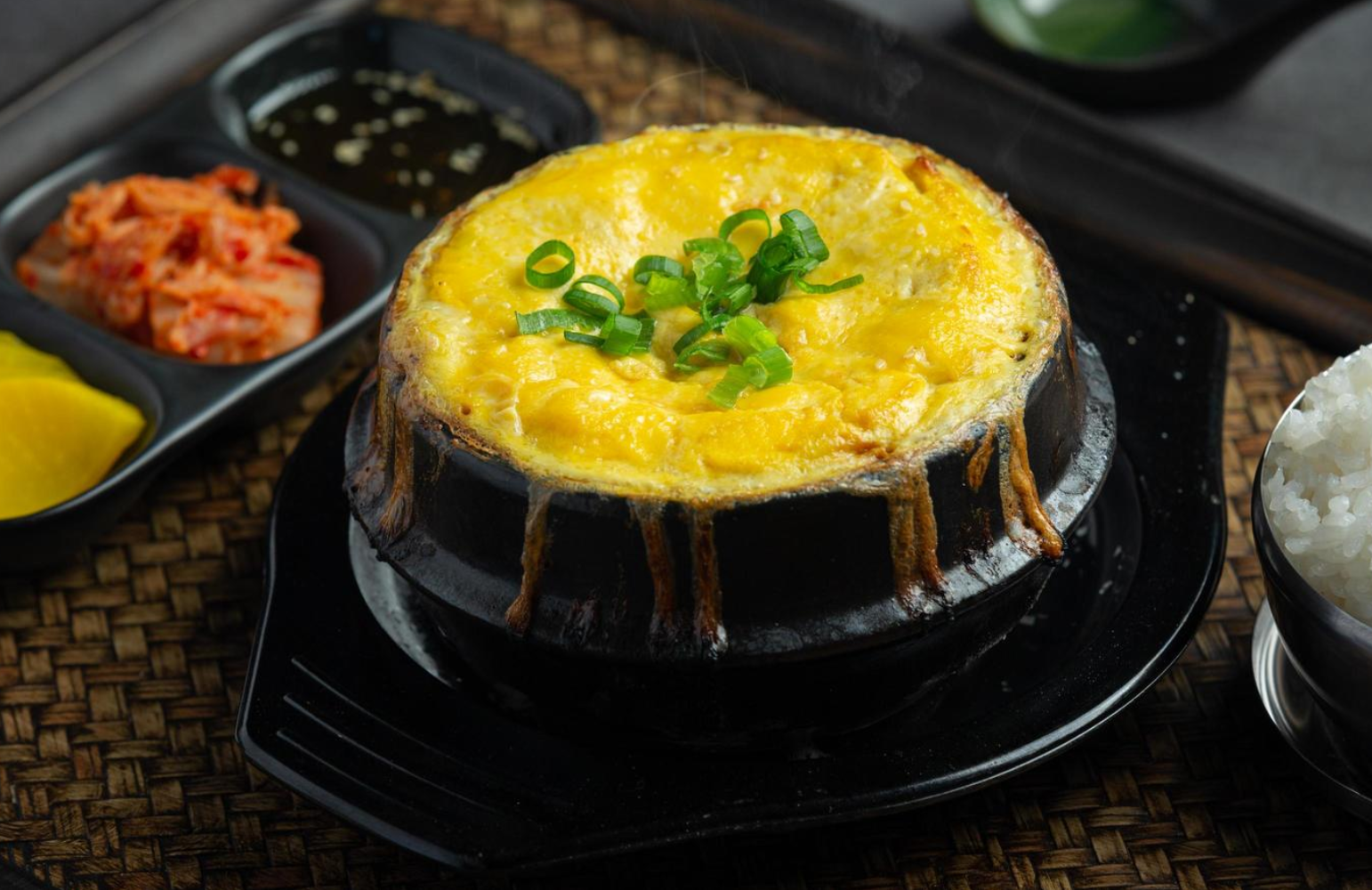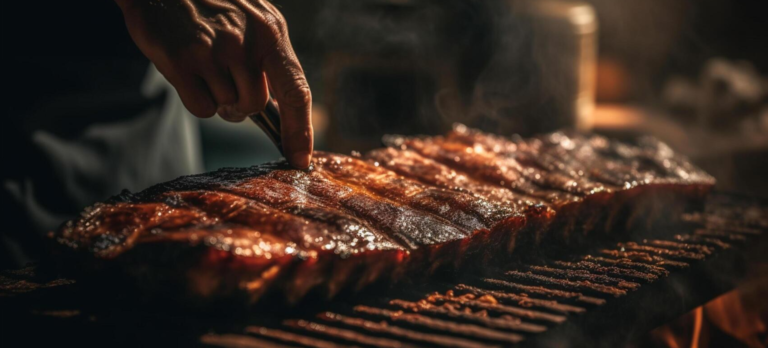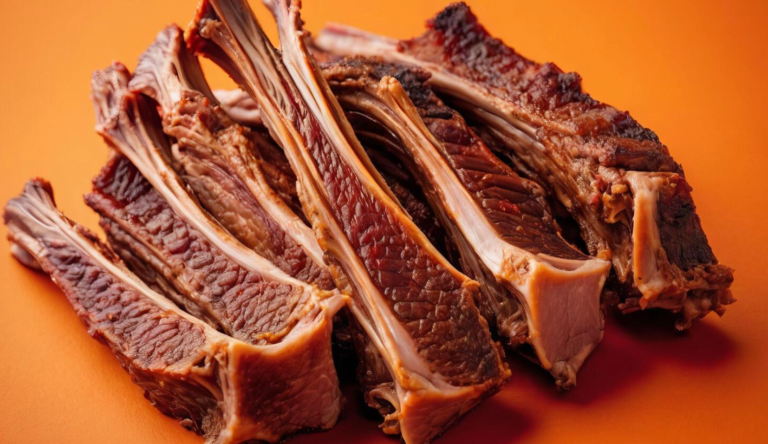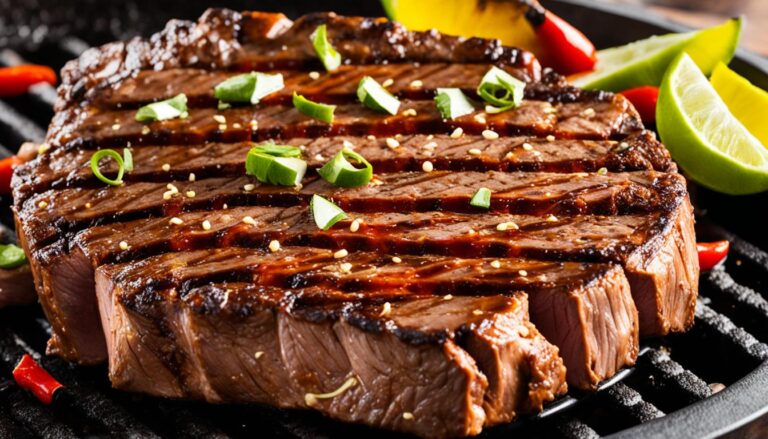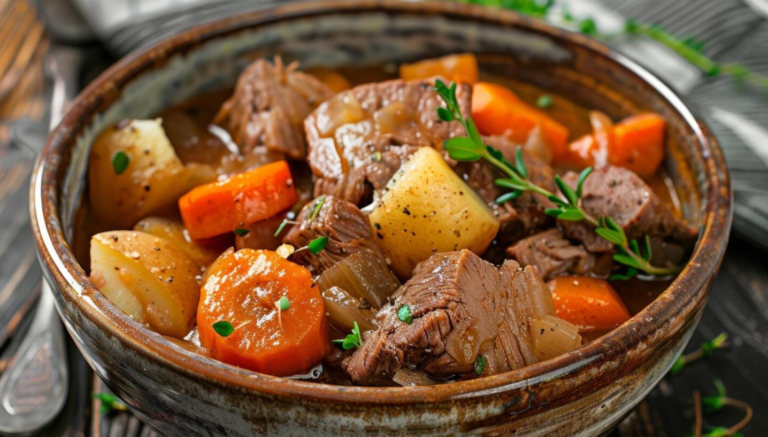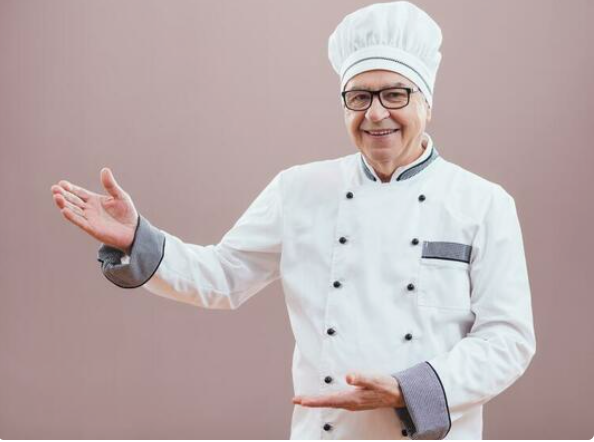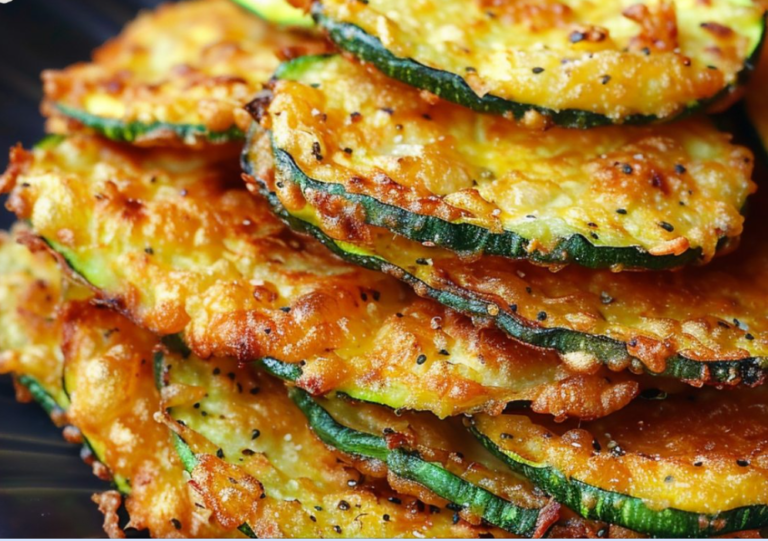What Steamed Egg Recipe: A Comprehensive Guide
Introduction
Steamed eggs are a versatile and nutritious dish enjoyed in various cultures around the world. This delicately cooked egg dish is known for its silky texture and rich flavor, making it a popular choice for breakfast, lunch, or dinner. In this article, we’ll explore everything you need to know about steamed eggs, including different types, recipes, benefits, and more.
What are Steamed Eggs?
Steamed eggs are a type of egg custard that is gently cooked using steam. This cooking method results in a smooth, velvety texture that is both light and flavorful. There are several variations of steamed eggs, including:
- Chinese Steamed Eggs: Known for their silky smooth texture and often flavored with soy sauce and sesame oil.
- Korean Steamed Eggs (Gyeran Jjim): Fluffy and savory, typically cooked in an earthenware bowl.
- Japanese Chawanmushi: A delicate egg custard often filled with ingredients like shrimp, chicken, and mushrooms.
For more on the nutritional benefits of eggs, refer to this Healthline article.
Benefits of Eating Steamed Eggs
Steamed eggs are not only delicious but also packed with nutrients. Here are some key benefits:
- High in Protein: Eggs are an excellent source of high-quality protein, essential for muscle repair and growth.
- Rich in Vitamins and Minerals: Including vitamins A, B2, B12, D, and E, as well as folate, iron, and zinc.
- Low in Calories: A single steamed egg contains approximately 70-80 calories, making it a healthy addition to any meal.
For a detailed guide on how to make perfect steamed eggs, check out this Simply Recipes article.
Basic Steamed Egg Recipe
Ingredients
- 2 large eggs
- 1 cup water or broth (chicken, vegetable, or dashi)
- 1/4 teaspoon salt
- Optional: soy sauce, sesame oil, chopped scallions
Instructions
- Beat the Eggs: Crack the eggs into a bowl and beat them gently until the whites and yolks are fully combined.
- Add Liquid: Gradually add the water or broth to the eggs, stirring continuously. Add salt and any other seasonings if desired.
- Strain the Mixture: For an extra smooth texture, strain the egg mixture through a fine mesh sieve into a heatproof bowl.
- Prepare the Steamer: Bring water to a boil in a steamer. Place the bowl of egg mixture into the steamer.
- Steam: Cover and steam over medium-low heat for 10-15 minutes, or until the eggs are set and slightly jiggly.
- Serve: Drizzle with soy sauce and sesame oil, and garnish with chopped scallions.
Popular Steamed Egg Recipes
Chinese Steamed Eggs
- Ingredients: Eggs, water, salt, soy sauce, sesame oil
- Instructions: Follow the basic recipe, adding soy sauce and sesame oil to the egg mixture before steaming.
Korean Steamed Eggs (Gyeran Jjim)
- Ingredients: Eggs, water, salt, fish sauce, chopped scallions
- Instructions: Mix the eggs with water, salt, and fish sauce. Steam in a clay pot and garnish with scallions.
Japanese Chawanmushi
- Ingredients: Eggs, dashi broth, soy sauce, mirin, shrimp, chicken, mushrooms
- Instructions: Combine eggs with dashi, soy sauce, and mirin. Add shrimp, chicken, and mushrooms to the mixture and steam in individual cups.
Advanced Techniques and Variations
- Broth Variations: Experiment with different types of broth like chicken, dashi, or vegetable for unique flavors.
- Adding Seafood or Meat: Enhance your steamed eggs with additions like shrimp, scallops, chicken, or pork.
- Incorporating Vegetables: Try adding spinach, mushrooms, or other vegetables to the egg mixture.
- Flavoring with Sauces and Spices: Use soy sauce, fish sauce, sesame oil, or even hot sauce to add extra flavor.
Serving Suggestions and Pairings
Steamed eggs are versatile and can be served with a variety of dishes. Here are some ideas:
- Rice: A simple bowl of steamed rice complements the flavors of steamed eggs perfectly.
- Vegetable Stir-Fry: Pair with a colorful vegetable stir-fry for a nutritious meal.
- Soup: A light miso soup or chicken broth pairs well with the delicate texture of steamed eggs.
- Salad: A fresh green salad provides a refreshing contrast.
FAQs
What is the secret to making smooth steamed eggs?
The key is to gently mix the eggs and liquid, strain the mixture, and steam at a low temperature.
Can you steam eggs without a steamer?
Yes, you can use a heatproof bowl placed in a pot with a lid, making sure the bowl doesn’t touch the boiling water.
How do you know when steamed eggs are done?
The eggs should be set but still slightly jiggly in the center.
Can you make steamed eggs in the microwave?
Yes, but the texture may not be as smooth. Microwave in short intervals and check frequently.
What are the common mistakes in making steamed eggs?
Overbeating the eggs, steaming at too high a temperature, and not straining the mixture can result in a less smooth texture.
Conclusion
Steamed eggs are a versatile and nutritious dish that can be enjoyed in many ways. Whether you prefer the traditional Chinese version, the fluffy Korean style, or the delicate Japanese chawanmushi, there are endless possibilities to explore. Experiment with different ingredients and techniques to find your perfect steamed egg recipe.
Internal Linking Opportunities
- In the section discussing the nutritional benefits of steamed eggs, you can link to “The Ultimate Guide to Candied Fruits” with the anchor text: “learn more about the nutritional benefits of various fruits.”
- In the advanced techniques and variations section, you can link to “How to Steam Tamales” with the anchor text: “explore advanced steaming techniques for perfect results.”
- In the serving suggestions section, you can link to “What to Serve with Chicken Pot Pie” with the anchor text: “find the best side dishes to pair with your meals.”
